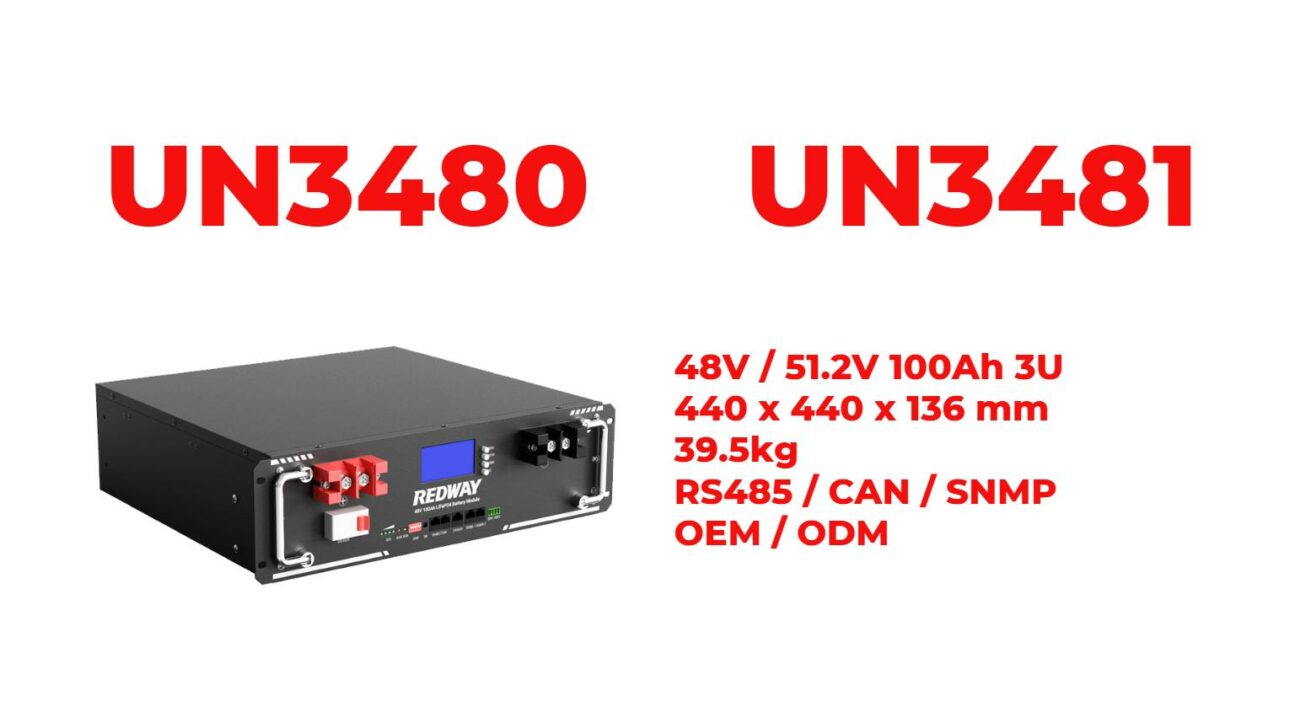What Is the Best Voltage for a Heated Jacket?
The best voltage for a heated jacket typically ranges between 7.4V and 12V, depending on the intended use and desired heating efficiency. Lower voltage jackets (7.4V) are suitable for moderate climates, while higher voltage options (12V) provide more intense heat for extreme cold conditions, making it essential to choose based on your specific needs.
What Are the Common Voltage Options for Heated Jackets?
Heated jackets generally come in several common voltage options:
- 5V: Often used in lighter heated apparel, such as vests or base layers, suitable for mild conditions.
- 7.4V: The most common voltage for heated jackets, providing a balance of warmth and battery life.
- 12V: Typically found in jackets designed for extreme cold, delivering higher heat output but often with shorter battery life.
Chart: Common Voltage Options
| Voltage | Typical Use Cases |
|---|---|
| 5V | Mild conditions; lightweight apparel |
| 7.4V | Moderate cold; everyday jackets |
| 12V | Extreme cold; heavy-duty outdoor use |
How Does Voltage Affect Heating Performance?
The voltage of a heated jacket directly influences its heating performance:
- Heat Output: Higher voltages generally generate more heat quickly, making them suitable for very cold environments.
- Battery Life: While higher voltages provide more warmth, they may also drain batteries faster compared to lower voltage options.
- Temperature Control: Many heated jackets allow users to adjust settings based on voltage, affecting how quickly and intensely the jacket heats up.
Chart: Voltage Impact on Heating Performance
| Voltage | Heat Output | Battery Life |
|---|---|---|
| 5V | Low to moderate | Longer |
| 7.4V | Moderate | Moderate |
| 12V | High | Shorter |
What Are the Advantages of Higher Voltage Heated Jackets?
Higher voltage heated jackets come with several benefits:
- Faster Heating: They can reach optimal temperatures more quickly, providing immediate warmth.
- Greater Heat Distribution: Higher voltages can power multiple heating elements effectively, ensuring even warmth across the jacket.
- Suitable for Extreme Conditions: Ideal for users who frequently work or engage in activities outdoors in harsh winter weather.
Chart: Advantages of Higher Voltage Jackets
| Advantage | Description |
|---|---|
| Faster Heating | Quick reach to desired temperatures |
| Greater Heat Distribution | Effective heating across multiple zones |
| Suitable for Extreme Conditions | Ideal for outdoor work and activities in severe cold |
Are There Disadvantages to Using Higher Voltage?
While higher voltage jackets have advantages, they also come with potential downsides:
- Shorter Battery Life: Higher voltages can lead to quicker battery depletion, requiring more frequent recharging.
- Weight of Batteries: Batteries designed for higher voltages may be larger and heavier, impacting overall comfort and mobility.
- Cost Implications: Higher voltage systems can be more expensive due to advanced technology and materials used.
Chart: Disadvantages of Higher Voltage Jackets
| Disadvantage | Description |
|---|---|
| Shorter Battery Life | Requires more frequent recharging |
| Weight of Batteries | Can be bulkier and heavier |
| Cost Implications | Generally more expensive |
What Should You Consider When Choosing a Heated Jacket Voltage?
When selecting the appropriate voltage for a heated jacket, consider these factors:
- Climate Conditions: Assess how cold it typically gets where you will use the jacket.
- Duration of Use: Determine how long you need warmth without access to recharging facilities.
- Activity Level: Consider your activity level; high-intensity activities may require different heating needs compared to sedentary use.
Chart: Considerations When Choosing Voltage
| Factor | Consideration |
|---|---|
| Climate Conditions | Choose higher voltage for extreme cold |
| Duration of Use | Longer trips may benefit from lower voltage |
| Activity Level | Adjust based on activity intensity |
How Do Different Brands Compare in Terms of Voltage?
Different brands offer various options regarding heated jacket voltages:
- Battle Born: Typically offers 12V systems designed for rugged outdoor use.
- ORORO: Commonly features 7.4V systems that balance comfort and battery life.
- Venustas: Provides both 5V and 7.4V options suitable for different levels of warmth.
Industrial News
The heated apparel market is rapidly evolving as manufacturers innovate with improved battery technology and heating systems. As outdoor activities gain popularity during colder months, consumers are increasingly seeking efficient solutions that combine warmth with mobility. Brands are focusing on enhancing user experience by offering versatile products that cater to varying climate conditions.
Expert Views
“Choosing the right voltage is crucial when selecting a heated jacket,” says Dr. Emily Carter, an expert in wearable technology. “Understanding your specific needs based on climate and activity level will ensure you get the best performance from your heated apparel.”
Frequently Asked Questions
- What is the best voltage for a heated jacket?
The best voltage typically ranges from 7.4V to 12V, depending on your heating needs and climate conditions. - How does voltage affect heating performance?
Higher voltages provide faster heating but may reduce battery life compared to lower voltages. - What are the advantages of using higher voltage jackets?
They heat up quickly, distribute heat evenly across multiple zones, and are suitable for extreme cold. - Are there disadvantages to higher voltage?
Yes, they can lead to shorter battery life and may be heavier or more expensive. - What should I consider when choosing a heated jacket voltage?
Consider climate conditions, duration of use, and your activity level when selecting the appropriate voltage.

